For the first time, India targets the Sun with ISRO's Aditya-L1 mission
India's first mission to study the Sun will be launched by ISRO in 2023 and it has been dubbed the Aditya-L1.

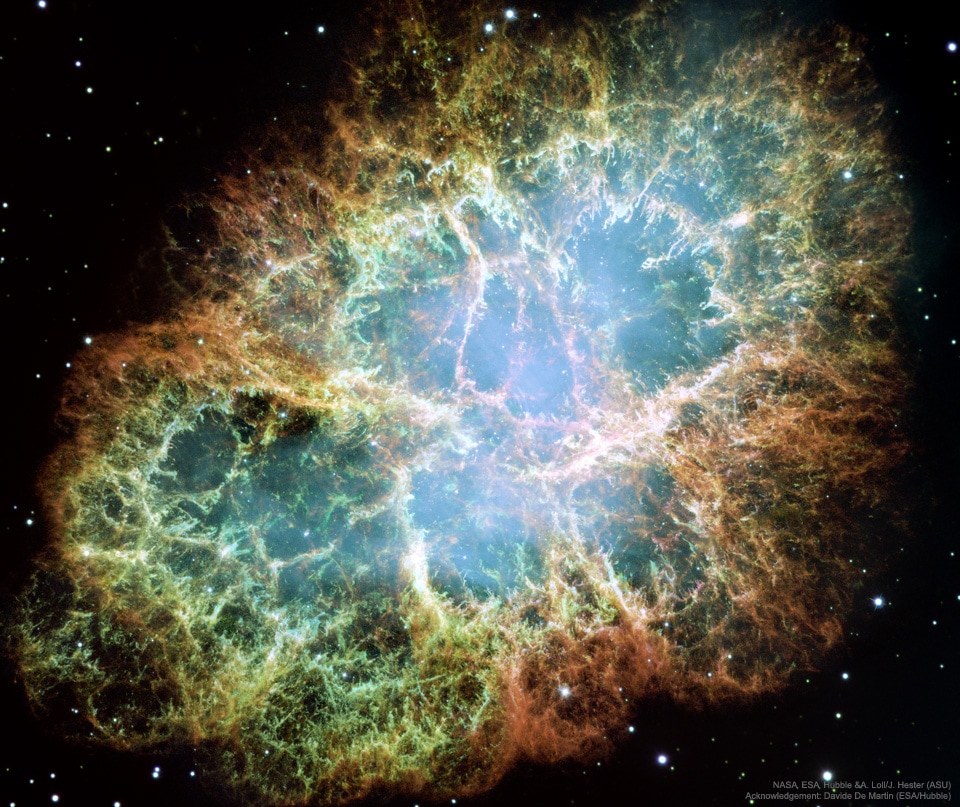
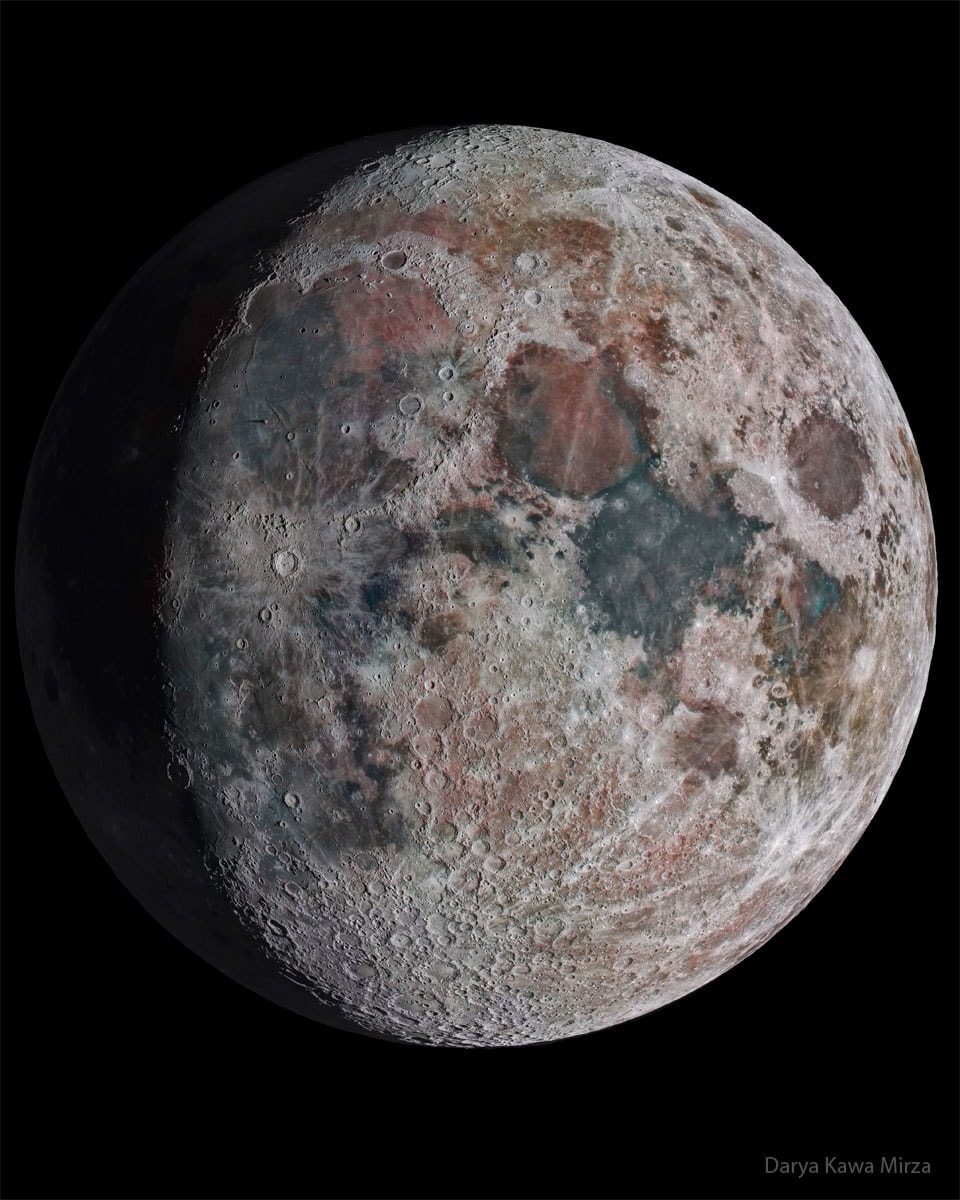
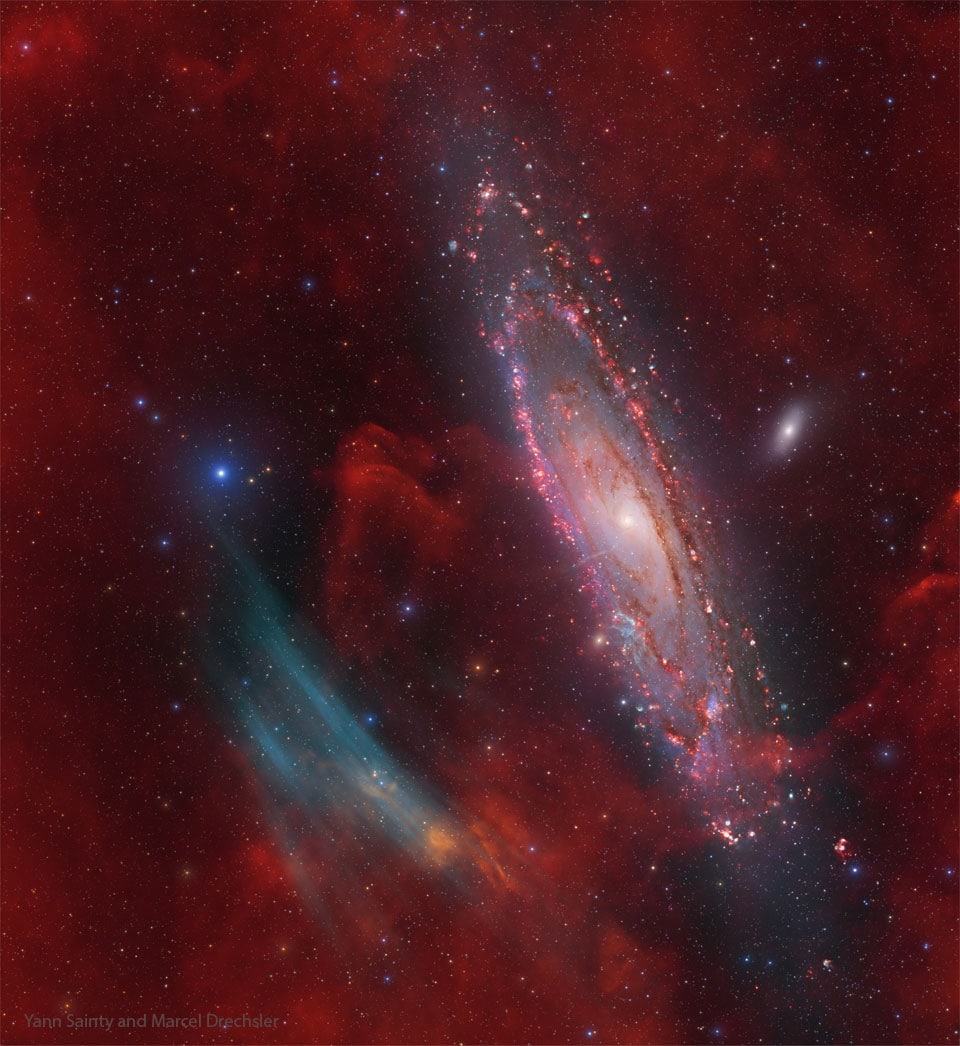
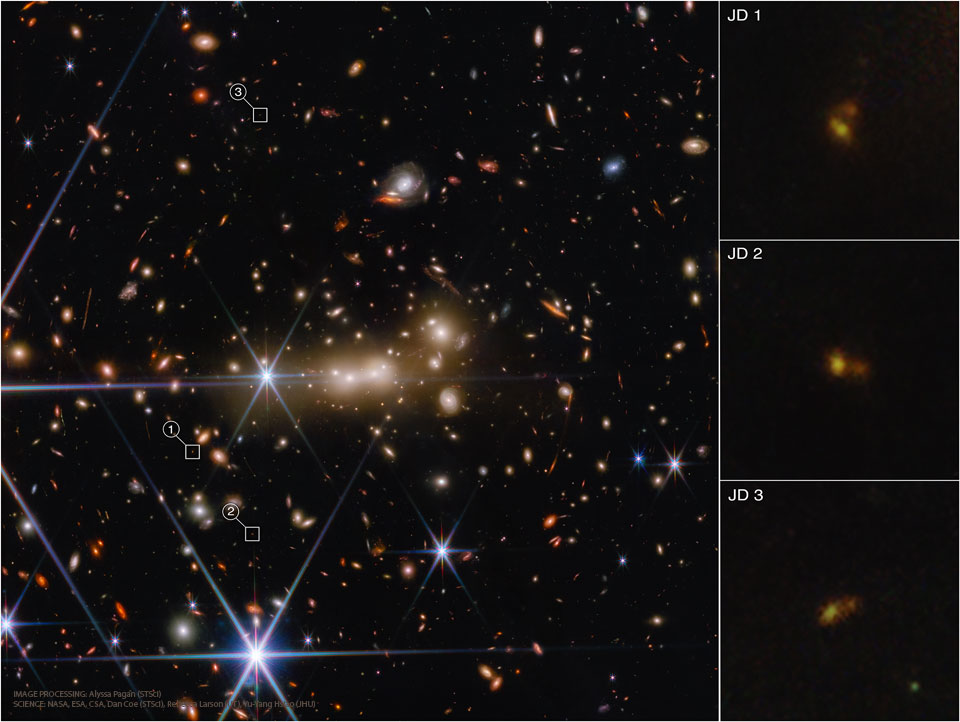
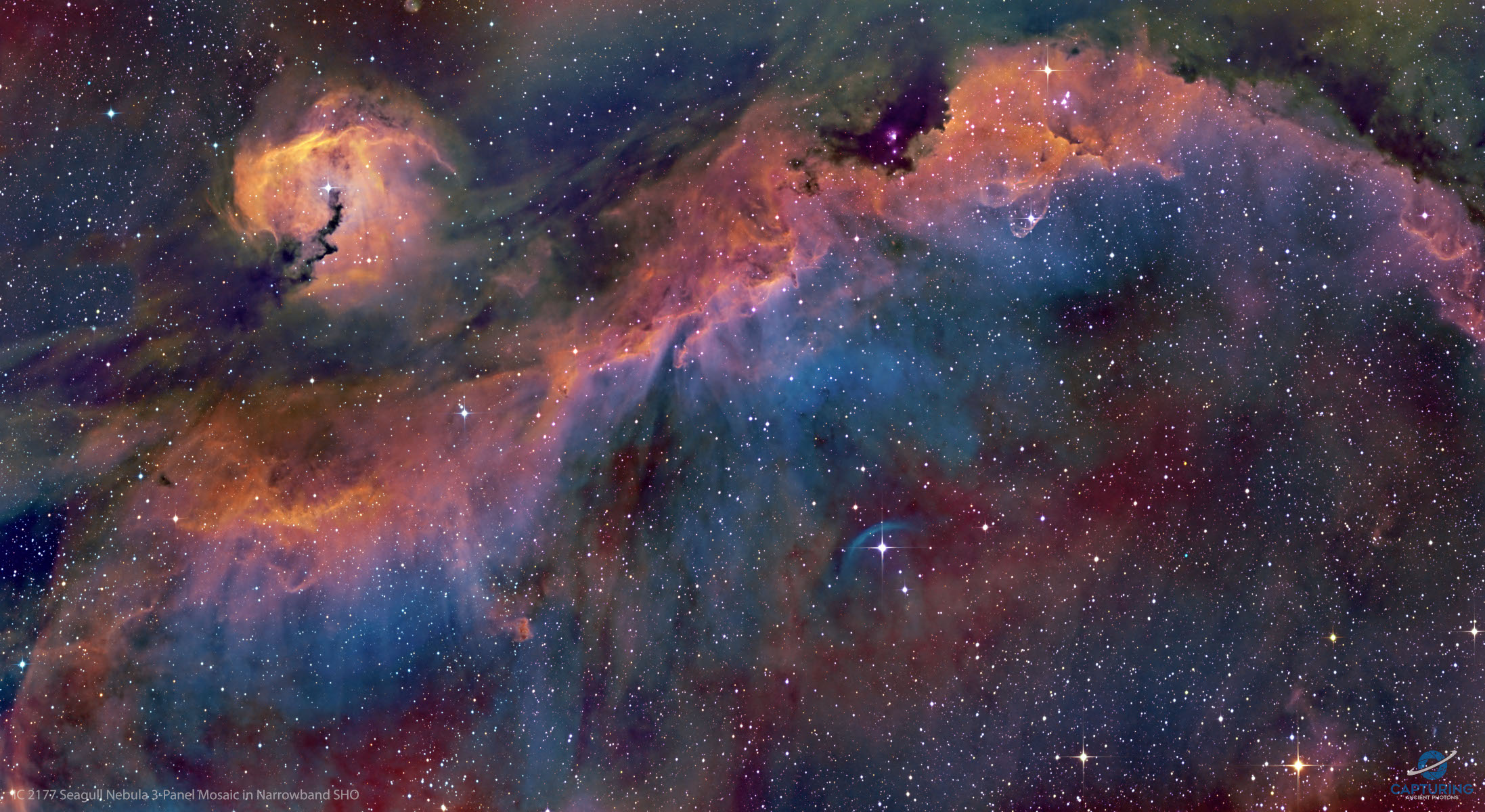
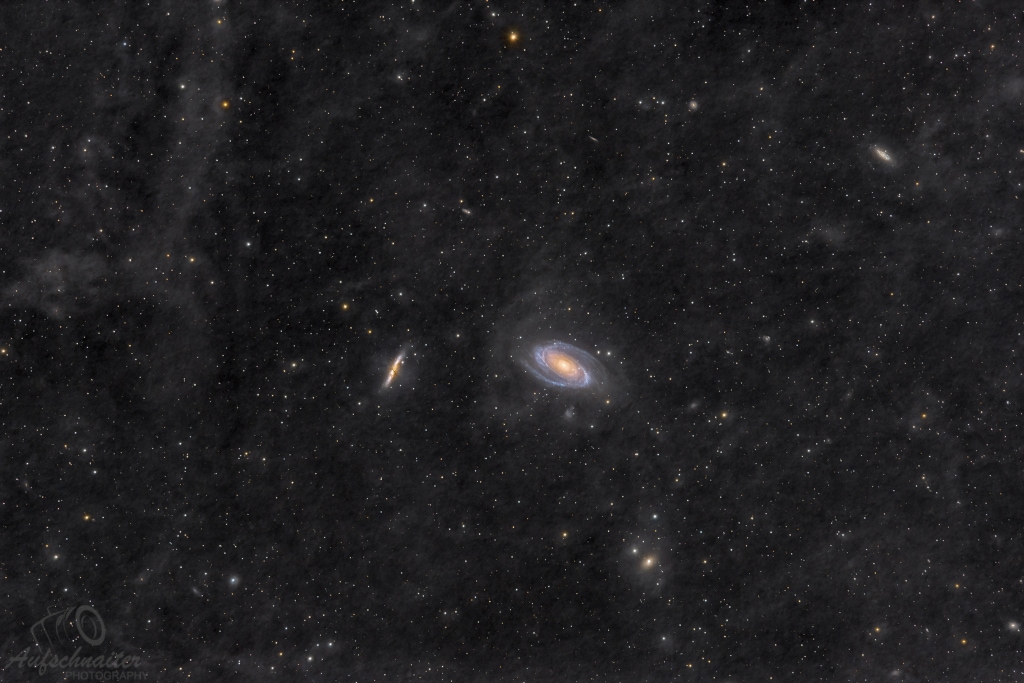
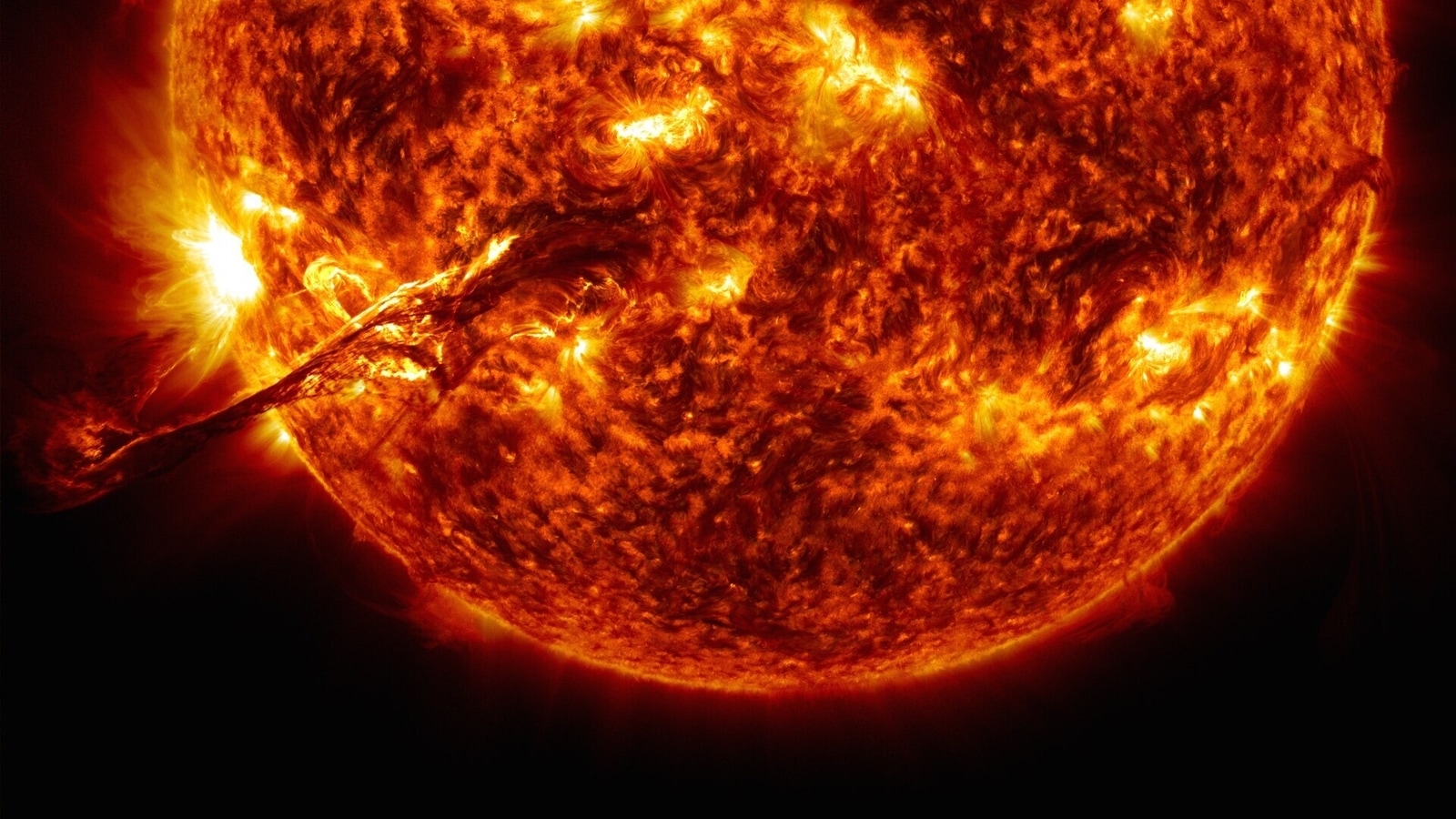
 View all Images
View all ImagesAfter several years of development, the Indian Space Research Organisation (ISRO) is expected to launch Aditya-L1 this year. It will be the first space-based Indian mission to study the Sun. This rocket will be carried by the Polar Satellite Launch Vehicle (PSLV). Aditya-L1's instruments are programmed to observe the solar atmosphere, especially the chromosphere and corona. The payloads of Aditya L1 are expected to provide important information to understand the issues such as coronal heating, coronal mass ejection (CME), pre-solar flare and solar flare activities. The Aditya-L1 mission will also help reveal the dynamics of space weather, propagation of solar particles and much more.
ISRO confirmed that “the spacecraft shall be placed in a halo orbit around the Lagrange point 1 (L1) of the Sun-Earth system, which is about 1.5 million km from the Earth. ” The placement of a satellite in the halo orbit around the L1 will be a great advantage for scientists to have a constant view of the Sun without any eclipses. This will enable the real-time observation of solar activities and their effect on space weather. The spacecraft carries a total of seven payloads to observe the Sun's activity.
Payloads of Aditya-L1
- VELC (visible emission line coronagraph)
- SUIT (solar ultraviolet imaging telescope)
- SoLEXS (solar low energy X-ray spectrometer)
- HEL1OS (high energy L1 orbiting X-ray spectrometer)
- ASPEX (Aditya solar wind particle experiment)
- PAPA (plasma analyser package for Aditya)
- advanced tri-axial high-resolution digital magnetometers.
Aditya-L1 launch
Aditya-L1 mission will be launched by June or July of this year, the ISRO chairman S. Somanath said during the handover ceremony of the Visible Line Emission Coronagraph (VELC) payload on January 26. VELC is the largest payload to be carried on Aditya-L1. However, ISRO is yet to announce the final date of the Aditya-L1 launch.
Objectives of Aditya-L1 mission
Its main objective is to study the Solar upper atmosphere which is the chromosphere and corona, and its heating, physics of the partially ionized plasma, initiation of the coronal mass ejections, and flares physics of solar corona and its heating mechanism. Also, it will help to examine the development, dynamics and origin of CMEs and other factors for space weather.
Catch all the Latest Tech News, Mobile News, Laptop News, Gaming news, Wearables News , How To News, also keep up with us on Whatsapp channel,Twitter, Facebook, Google News, and Instagram. For our latest videos, subscribe to our YouTube channel.































